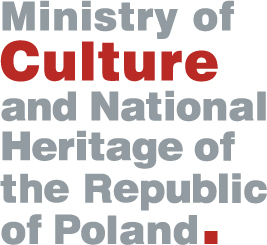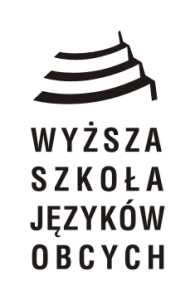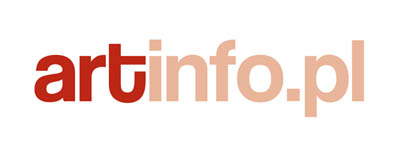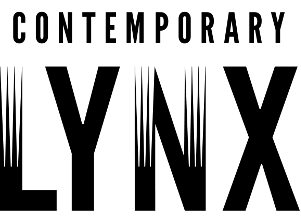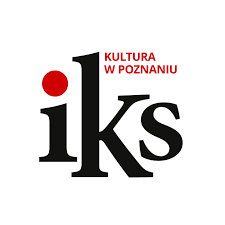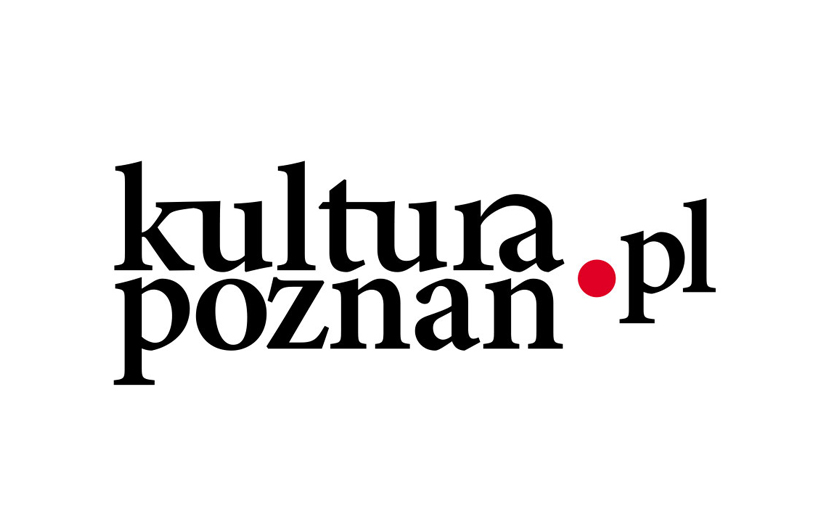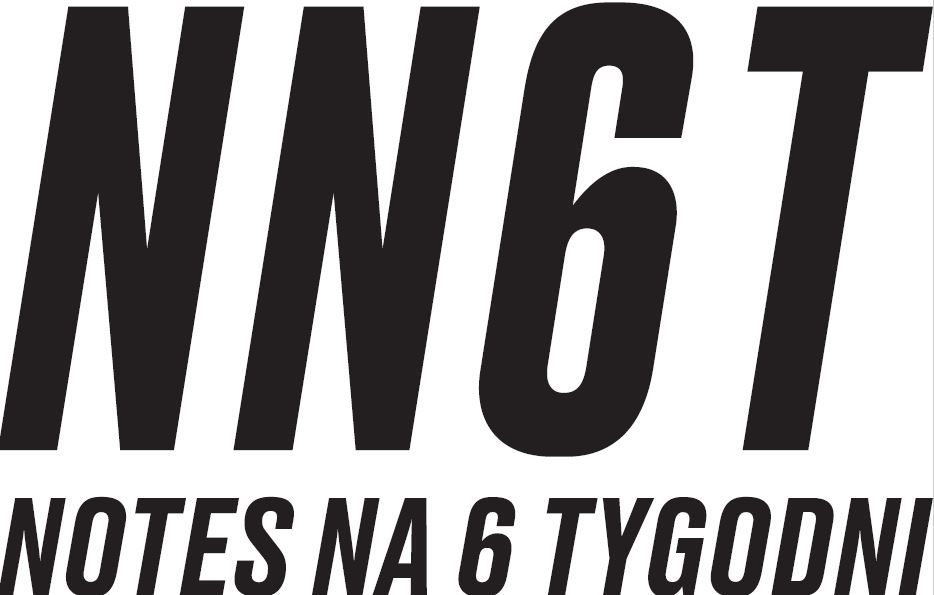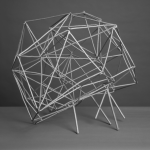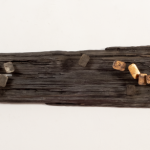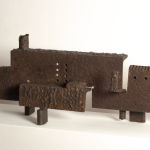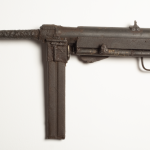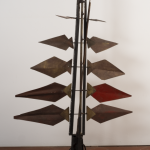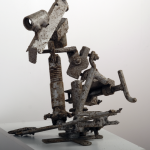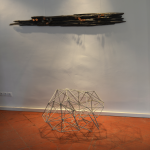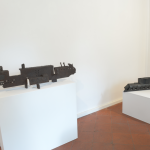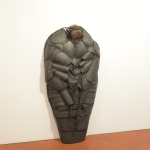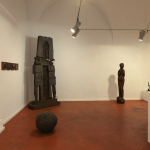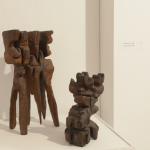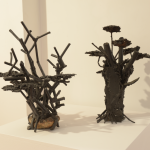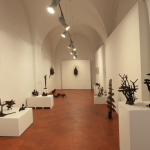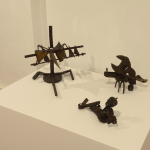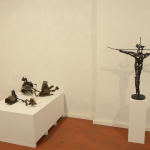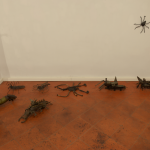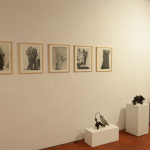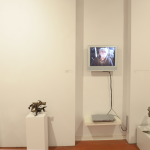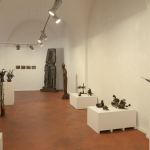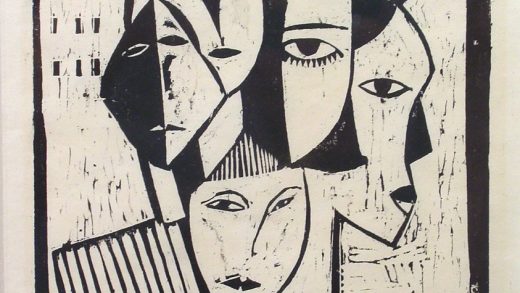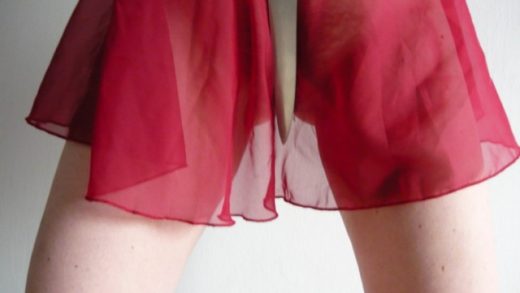opening: Friday, August 19th 2022 at 7 PM
exhibition: 19.08 – 07.10.2022
exhibition open Monday – Friday 10 AM – 6 PM
admission always free
place: Galeria Piekary
Św. Marcin 80/82 Street, Poznań
CK Zamek, Rose Courtyard
organizer:
partner:
media patronage:
9/11 Art Space Foundation and the Piekary Gallery have the pleasure of inviting you to an exhibition of works by Julian Boss-Gosławski, one of the most eminent Polish avant-garde sculptors of the interwar period. The show will feature pieces from private collections, which are usually inaccessible to the public, as well as works provided courtesy of the National Museum in Poznań. Such a selection makes it a unique event.
Julian Boss-Gosławski (born September 5th, 1926, in Poznań, died June 24th, 2012 in Gniezno) was a Polish sculptor and author of monumental forms who specialised in metalwork. He is considered to have been a flagship figure of the Poznań avant-garde. Between 1946 and 1950, Boss-Gosławski studied at the Faculty of Sculpture, State Higher School of Fine Arts in Sopot and Poznań. Employed from 1967 to 1970 at the academy of Poznań, he taught practice and theory of metal sculpture. Member of the avant-garde group of Poznań artists 4F+R and participant of the Elbląg Biennial of Spatial Forms in 1965 and 1967. The artist took part in numerous exhibitions at home and abroad, e.g. at the Krzywe Koło Gallery in Warsaw (1957, individual show); at the Poznań Club of the Association of Polish Visual Artists (1957, individual show); the exhibitions of the 4F+R Group in Poznań (1955) and Warsaw (1957); the Second Exhibition of Modern Art in at the Zachęta Gallery in Warsaw (1957); Exhibition of Polish Modern Art in Yugoslavia (1957); Sculpture, Medals, Painting, Drawing at the CBWA Zachęta in Warsaw (1973); Polish Sculpture 1944-1984 at the Arsenał Gallery in Poznań (1986). In the early 1970s, he settled in Rybitwy on Lednickie Lake, where he had his studio.
The decade of 1955-1965 saw Julian Boss-Gosławski at his most prolific, as he delivered his most important open-air projects and welded metal sculptures, now regarded as the most recognizable works of the artist. Although socialist realism was the sole doctrine in force at the time, Boss-Gosławski explored an entirely separate path; as he said, he was bored with the classical representations, figuration and, above all, party-related themes. The artist valued freedom of expression, which is why the well-established techniques involving gypsum, bronze and stone caused him to search for other modalities. Consequently, he abandoned traditional sculptural materials quite early on in his career to create sculptures from partially burned timber, open metal forms, compositions of wire and sheet metal. The many visitors to his studio were nothing short of amazed by Boss-Gosławski’s unmatched mastery of the art of welding. In fact, welded steel and other metals became his principal means of artistic expression: he was the first in Poland to use metal rods and wires in sculpture, as well as employ novel metalworking techniques, including the aforementioned welding.
Boss-Gosławski also engaged with applied sculpture, and monumental lamps of his making may be seen in front of the Zachęta National Gallery of Art. In Poznań, one can admire the decorative grilles for the Ballet School, the City Hall and the Arsenał, among other things. The piece entitled The Horse Riders, depicting the figures of King Bolesław Chrobry and Holy Roman Emperor Otto III, was exhibited at the Expo 2000 in Hanover.
The viewers at the exhibition prepared by the 9/11 Art Space Foundation and the Piekary Gallery will have the opportunity to see sculptures such as Hiroshima, County Battleship or works from Boss-Gosławski’s Epidemic series.
Co-financed with the funds of Minister of Culture and National Heritage from the Culture Promotion Fund – state special fund
